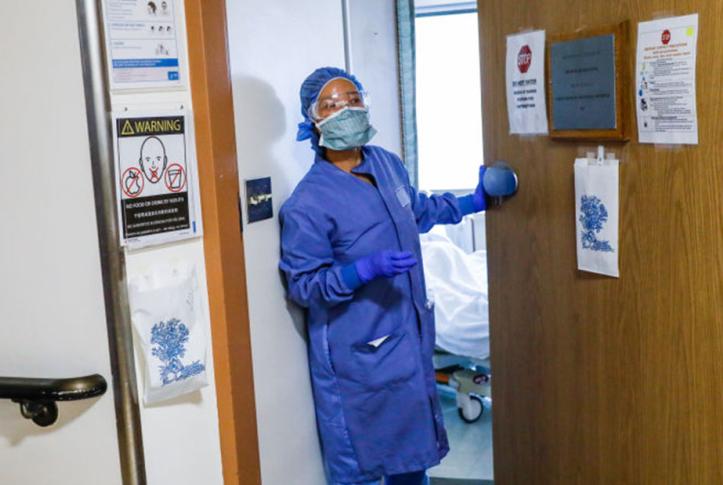A strong foundation of primary care is critical to the health system and is particularly important during pandemics like COVID-19. Primary care practices should be a natural fit for triaging, testing, treating, and educating patients. The current crisis reveals this is not happening in the United States and is highlighting the long-standing flaws in the system.
The Shortcomings of the U.S. Primary Care System
Compared to other high-income countries, the U.S. underperforms on several measures of primary care performance including number of physician visits per capita and number of avoidable deaths from chronic conditions. Before the pandemic began, we were seeing declines in rates of primary care visits, in the share of Americans having a usual source of primary care, and in overall trust in doctors.
Experts have long believed these issues are at least partly because of underinvestment. Primary care clinicians in the U.S. are the lowest-paid physicians. As a result, fewer clinicians choose to practice primary care; supply is only expected to get worse.
How Primary Care Is Faring During COVID-19
Because of these issues, the primary care system is particularly struggling to meet the needs of Americans during the pandemic. People who have been exposed to COVID-19 and want testing or medical advice may not have a primary care provider, let alone one they trust to help them. Even if they did, a third (34%) of surveyed primary care providers recently reported they have no capacity to test patients for COVID-19 and another third (32%) said they only have limited capacity for testing.
Those seeking regular, routine primary care are facing new barriers from stay-at-home orders; nearly 90 percent of primary care providers recently reported they are limiting regular check-ups. When people cannot turn to primary care for routine or COVID-related care, they may flood already overcrowded, more costly hospitals and urgent care facilities. Doing so also could increase transmission of the virus.
Two groups are particularly at risk when primary care is not accessible. The first is high-need patients with complex medical needs like multiple chronic conditions, functional limitations, and other health issues that require regular primary care. These patients are being told not to seek care except for urgent problems. Delaying management of chronic conditions can worsen them.
Second is low-income people who have poorer access to primary care because of factors like lack of trust and affordability. Even though preventive care is free under the Affordable Care Act, many low-income patients do not have a regular source and are worried about costs. Many providers that serve predominantly low-income communities are already struggling as a result of low reimbursement rates and other challenges. These providers are at particular risk of financial strain from the pandemic.
As fewer patients go to the doctor, primary care providers paid on a fee-for-service basis will lose billable income, placing them under financial pressure. While some primary care providers are adapting by offering telehealth appointments, in many cases they are not being reimbursed. Five weeks into the COVID-19 pandemic, 53 percent of primary care clinicians reported they are not receiving — or are unsure if they will receive — payment for the virtual care they are providing and 76 percent said the pandemic was placing severe or close-to-severe strain on their practice.
Small businesses are shuttering their doors permanently as a result of COVID-19; many fear the same will be true for primary care practices. Less than half of recently surveyed primary care providers said they think they have enough patient volume (46%) or enough cash on hand (47%) to stay open for the next month.
Building a Sustainable, Prepared Primary Care System
The pandemic reveals how critical it is to invest in redesigning our primary care system, especially for the most vulnerable among us. Several policies could help primary care practices build capacity in the short term and weather future crises longer term.
Policymakers can increase what we pay for primary care, and how we pay for it, shifting from fee-for-service to models that reward value over volume, enabling providers to deliver holistic and high-quality care. They also could develop payment models that reward spending time with patients and building long-standing, trusting relationships, which evidence shows matter for effective primary care.
The U.S. also can increase the availability and supply of primary care, especially for low-income communities, through programs like the National Health Service Corps, which offers financial incentives to providers who practice in underserved areas.
Finally, policymakers can help primary care providers develop telehealth infrastructure, assist them in effectively using these platforms, and offer fair reimbursement.
A more robust and well-functioning primary care system matters now more than ever to save lives in an increasingly daunting health crisis.








